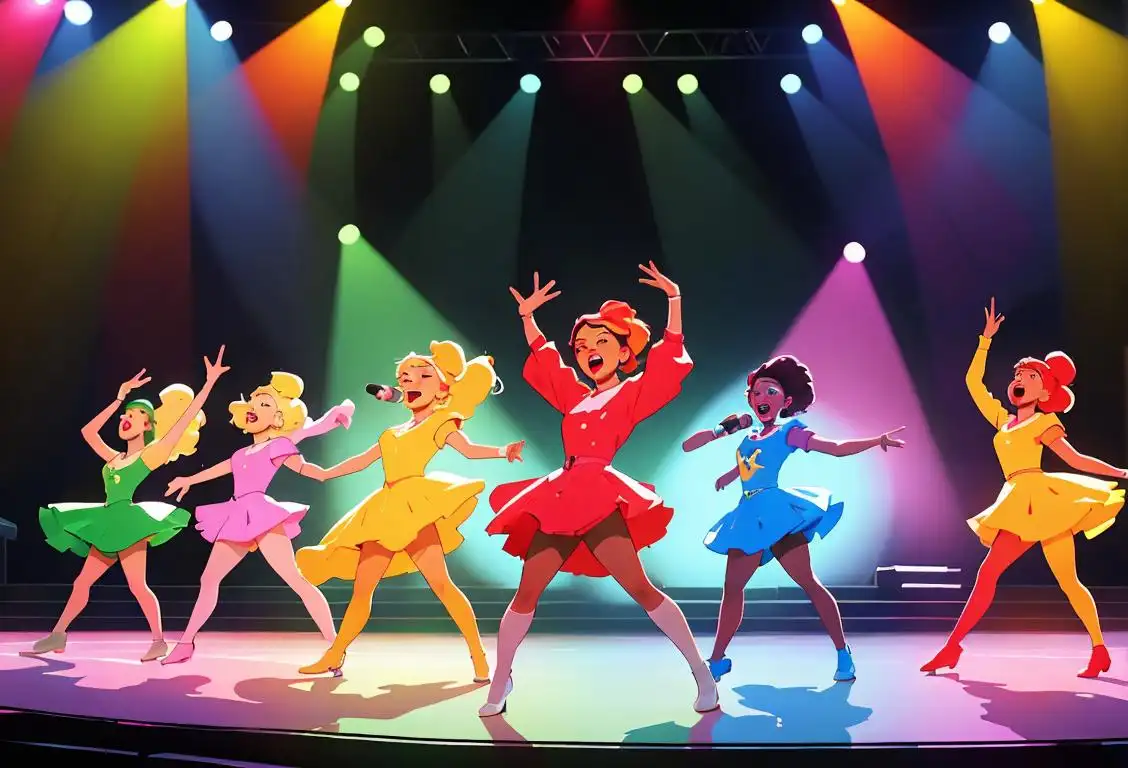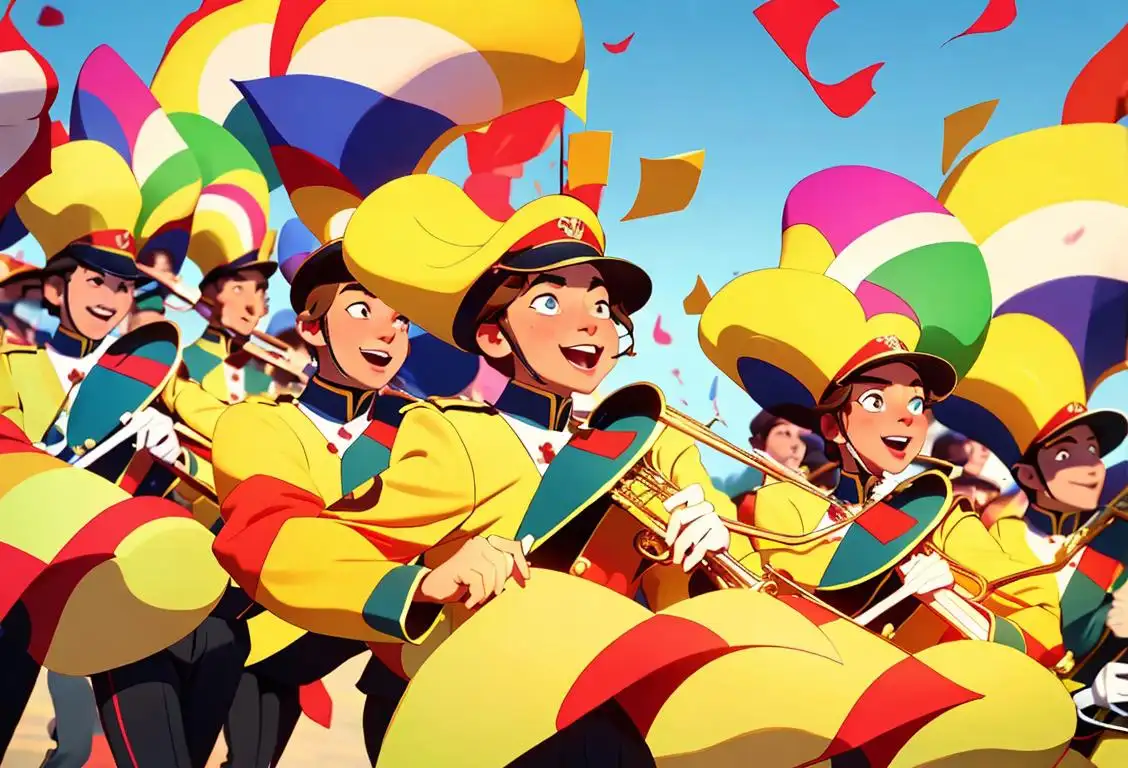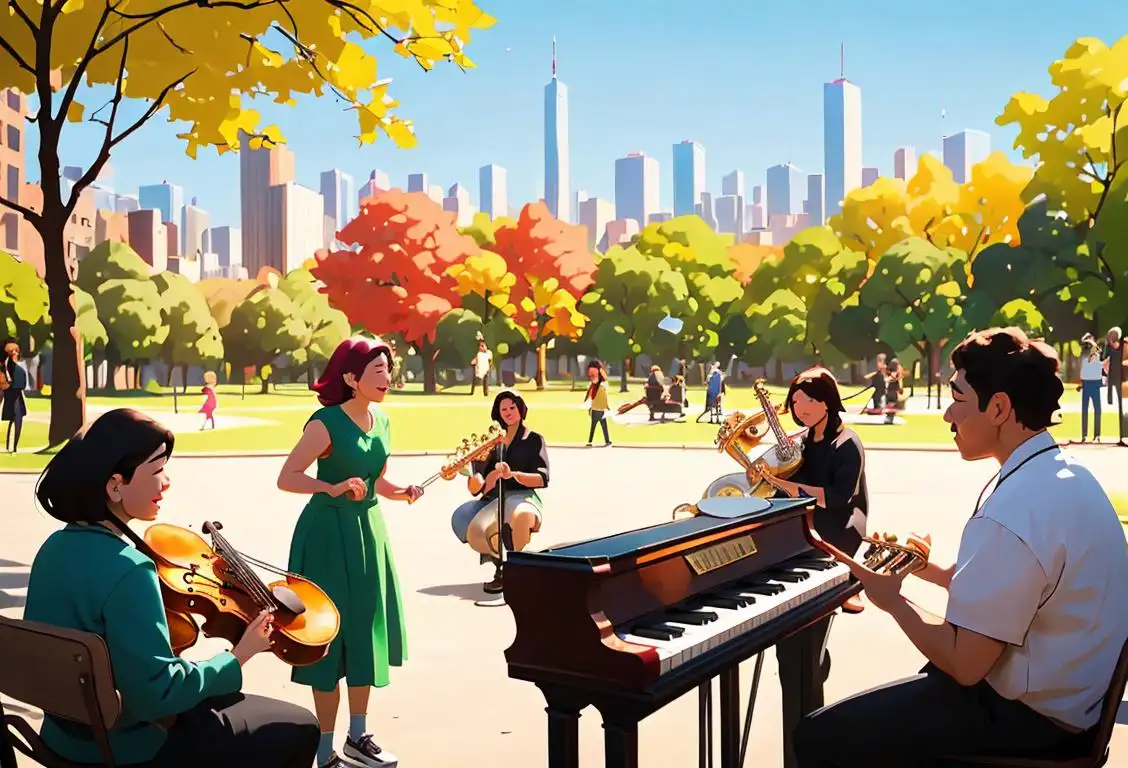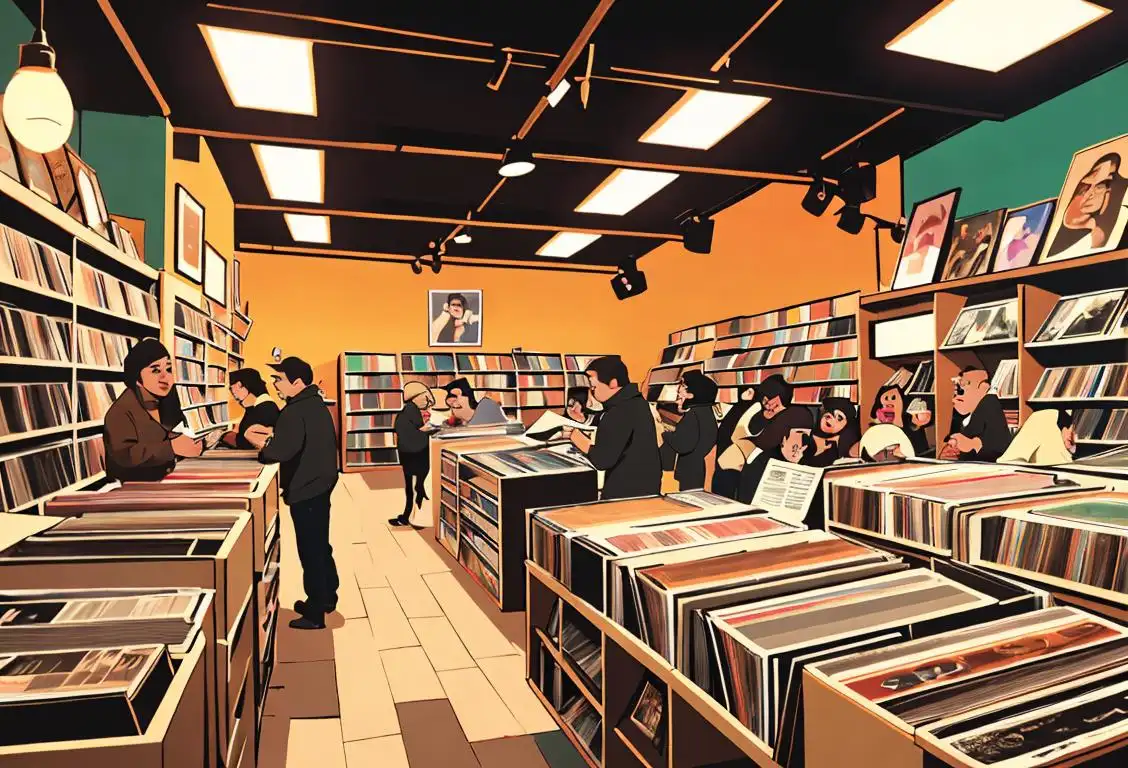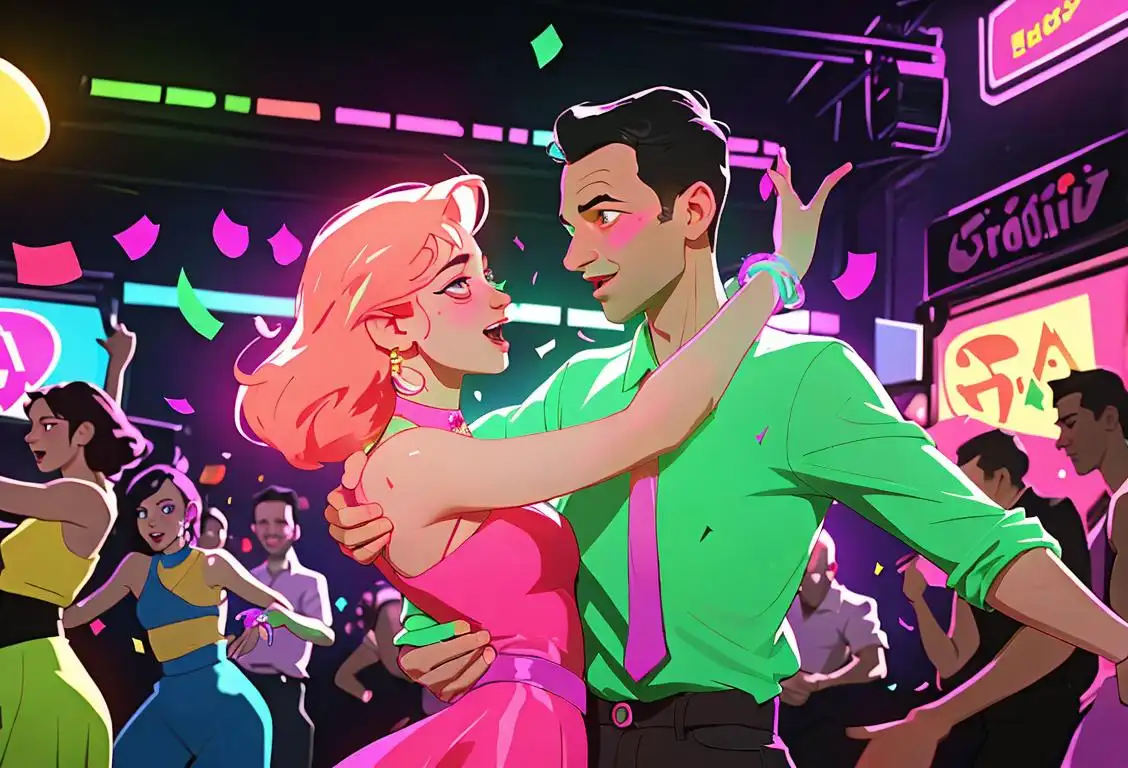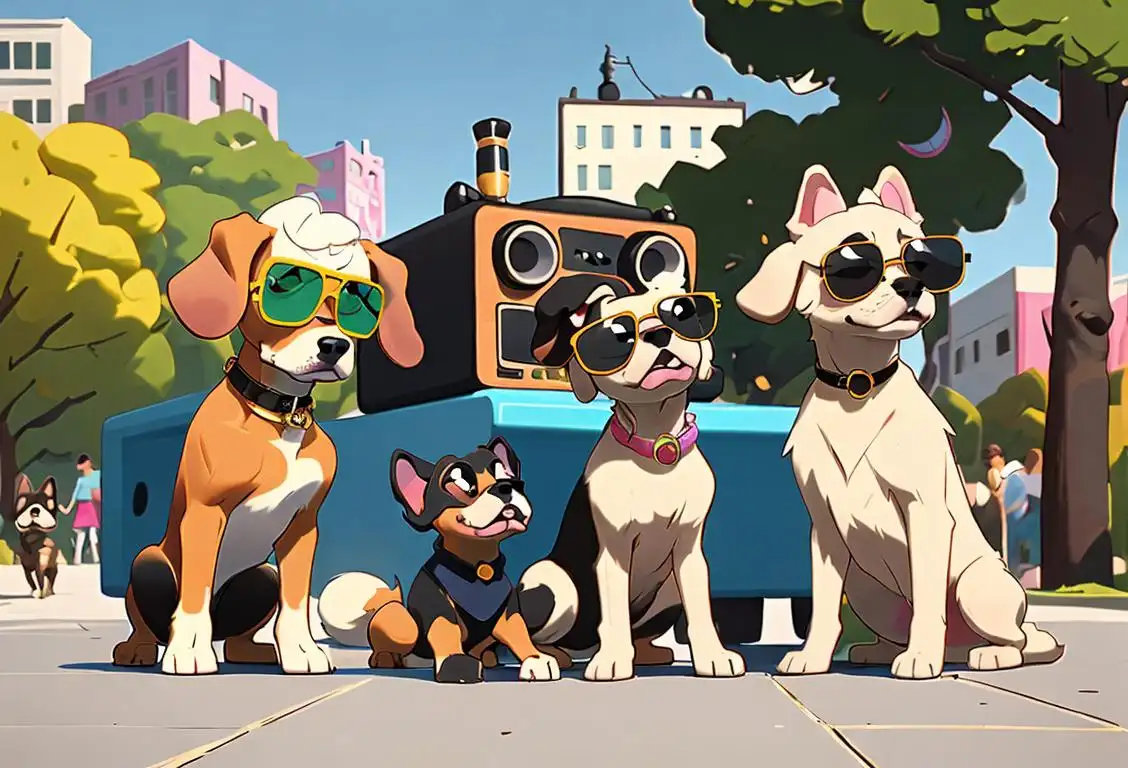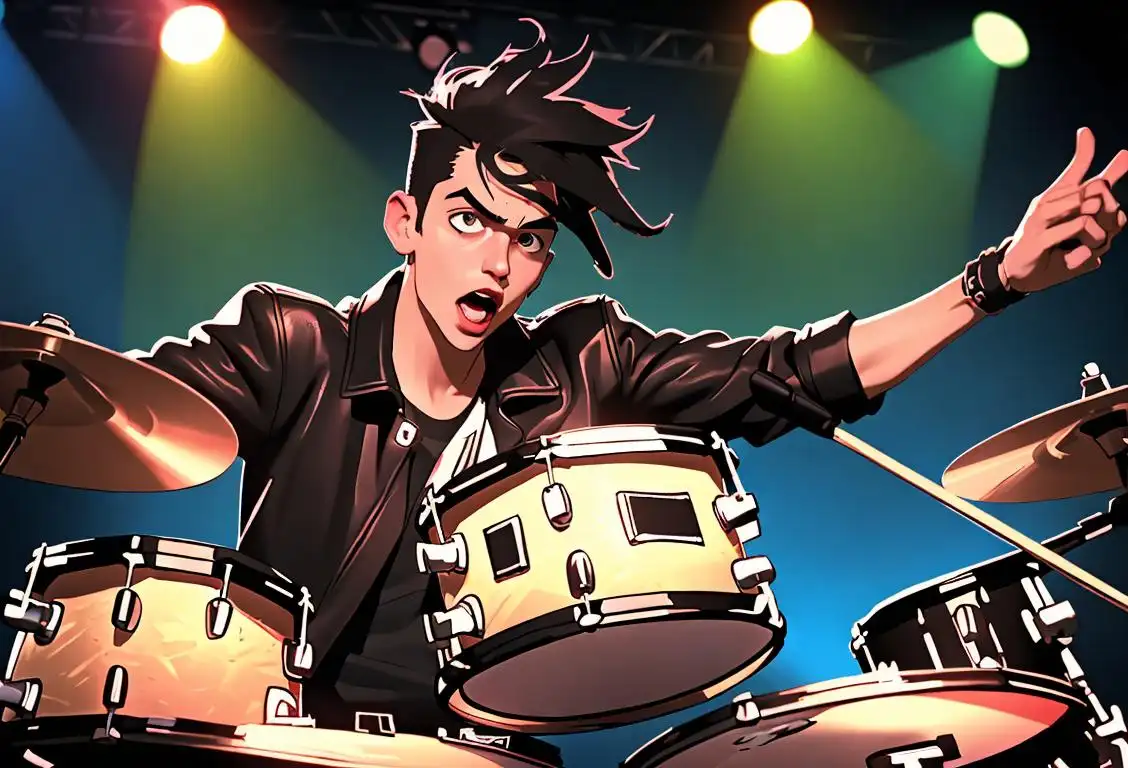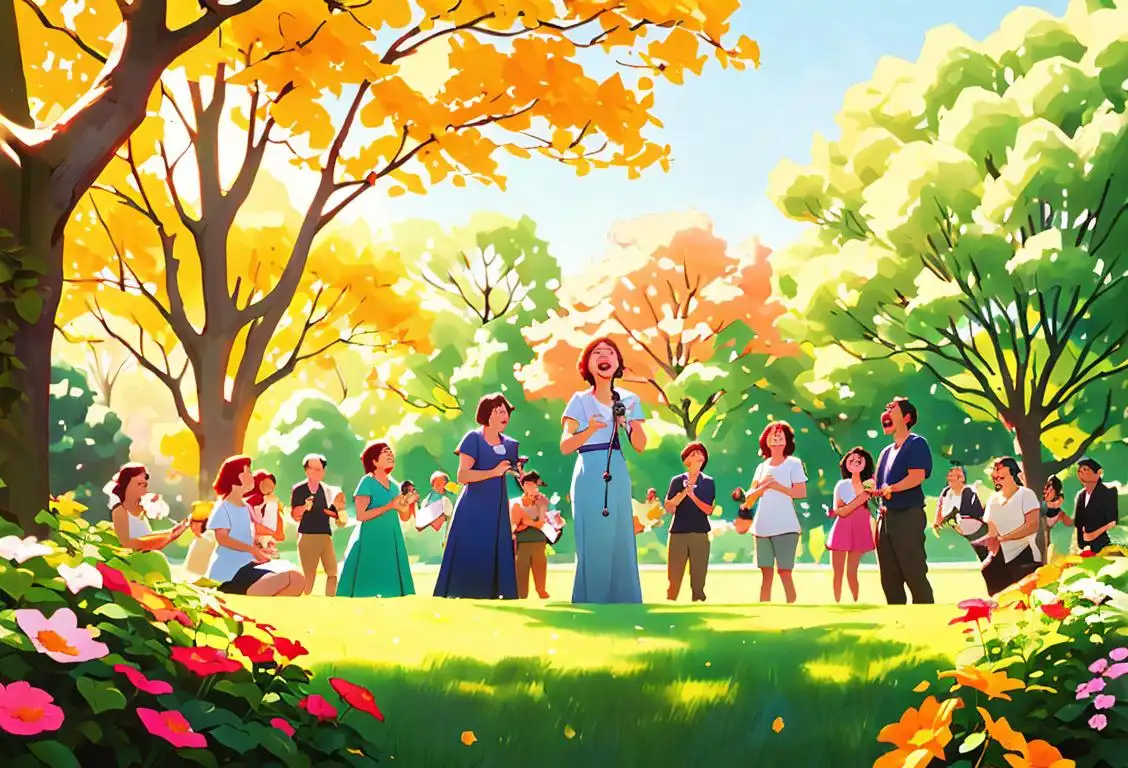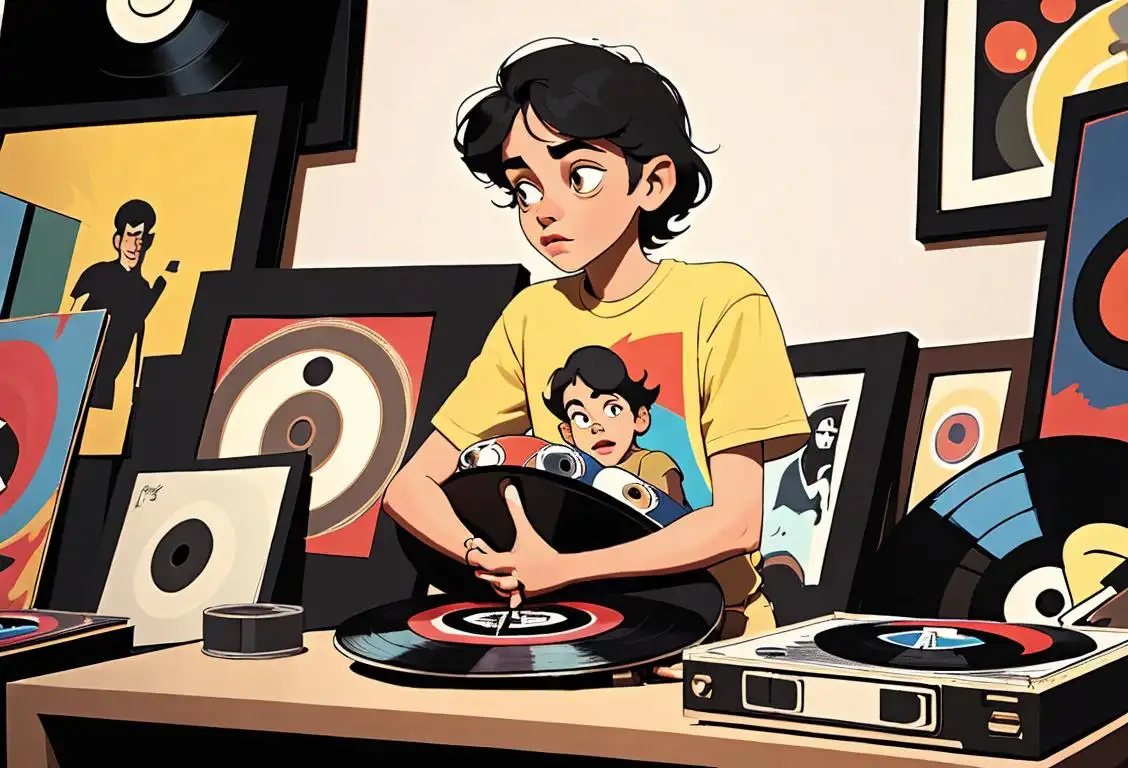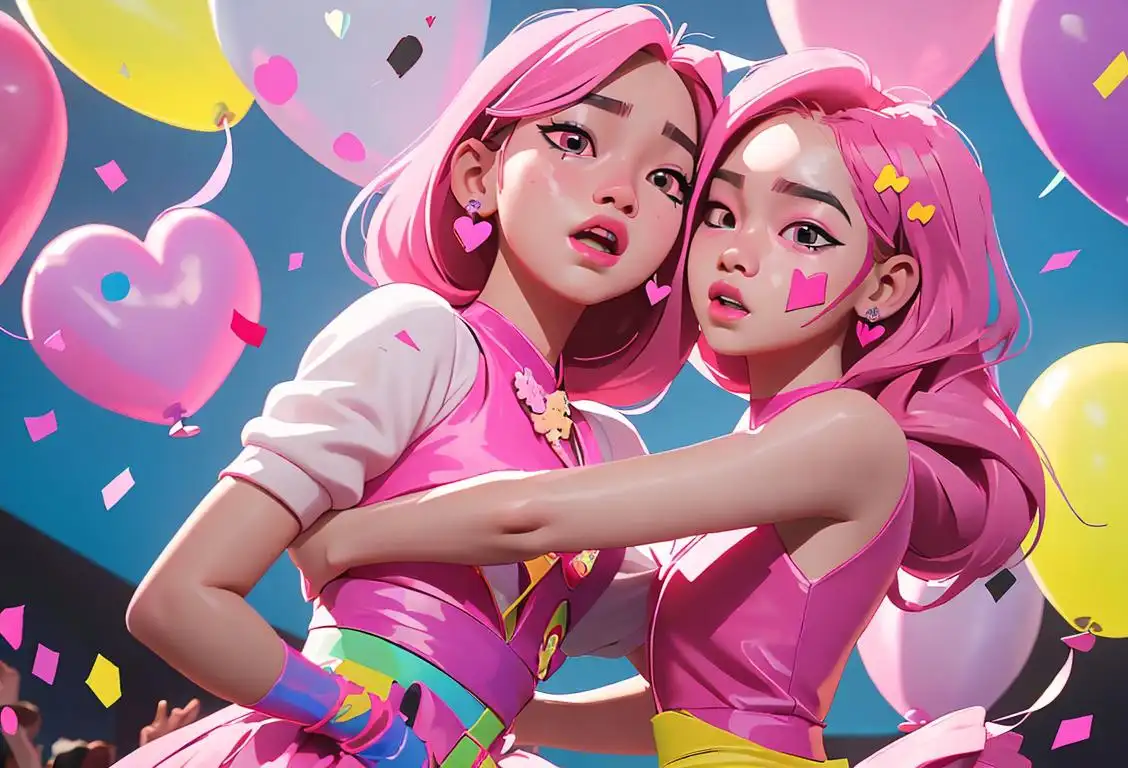National Rave Day
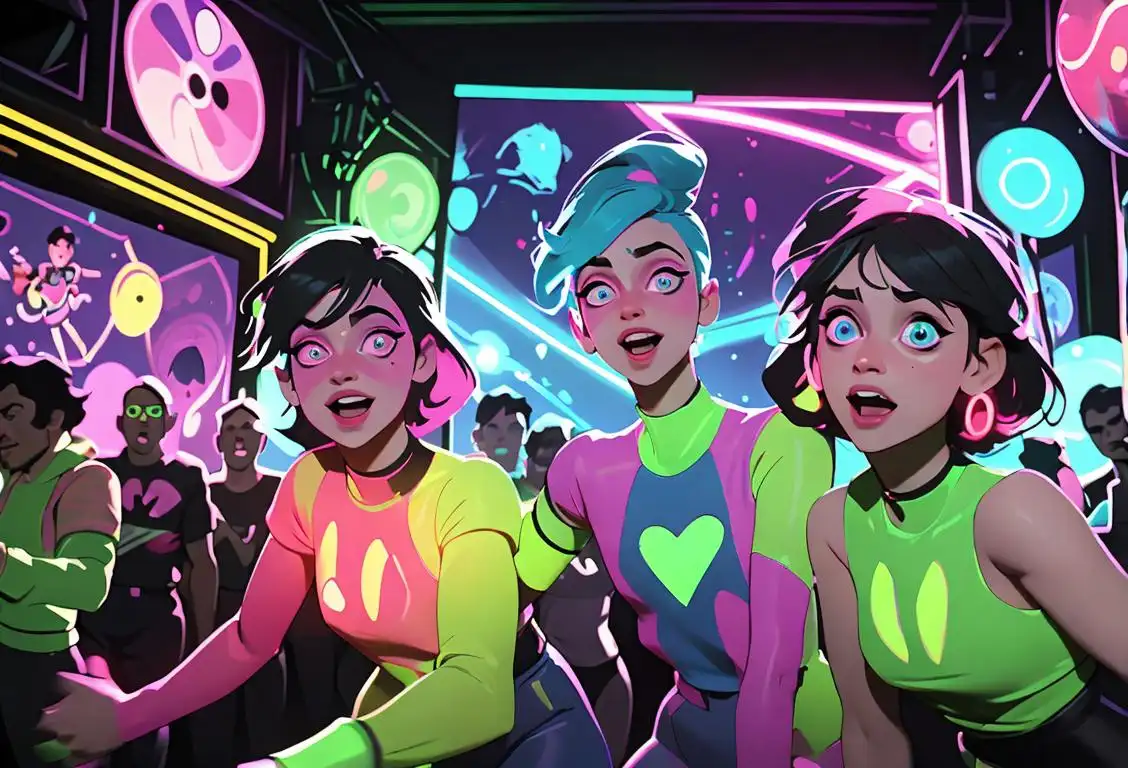
Hey there party animals and electronic music enthusiasts! Get ready to put on your dancing shoes because National Rave Day is here to make your speakers go boom! This high-energy celebration is all about getting your groove on and embracing the pulsating beats of electronic dance music. So, grab your glow sticks, don your wildest neon outfits, and let's dive into the history of National Rave Day!
When is Rave Day?
It's national rave day on the 3rd August.
The Birth of National Rave Day
Ever wonder how National Rave Day came to be? Well, let me take you on a wild journey through the depths of the internet to reveal its origins. Back in the early 2000s, as online forums and message boards were buzzing with discussions about music festivals and underground raves, a group of dedicated ravers decided that these exhilarating events deserved a day of their own.
After countless late-night chats and brainstorming sessions, they finally settled on a date: August 3rd. Why August 3rd, you ask? Well, it just so happened to be the day when one of the most epic raves in history took place. Coincidence? We think not!
With the help of social media, word about National Rave Day quickly spread like wildfire. Ravers from all corners of the globe united under the shimmering lights and mind-bending beats, celebrating their love for electronic music and the vibrant culture surrounding it.
From massive festivals like Tomorrowland and Electric Daisy Carnival to intimate warehouse parties, National Rave Day has become the ultimate excuse to lose yourself in a whirlwind of euphoria and dance like no one's watching.
Rave Culture, bringing communities together
The rave culture that National Rave Day celebrates goes far beyond just the music. It's a community where individuals can come together, express themselves freely, and let go of their inhibitions. It's a place where love, acceptance, and positivity reign supreme.
One of the most iconic symbols of rave culture is the glow stick. These luminous little wonders light up the night and add an extra touch of magic to the dance floor. But did you know that the use of glow sticks in raves originated from the military? Back in the '70s, the military used chemiluminescent markers for various purposes, and someone had the brilliant idea of bringing them to parties. And voila, glow sticks became an integral part of rave culture!
History behind the term 'Rave'
1980s
Birth of the Rave Culture
The term 'rave' originated in the 1980s in the United Kingdom during the rise of the electronic dance music (EDM) movement. Raves were underground parties where people gathered to celebrate a blend of electronic music genres like house, techno, and acid house. These events were often held in warehouses, abandoned buildings, or open fields and were characterized by their energetic and vibrant atmosphere.
1980s
Birth of the Underground Rave Scene
During the 1980s, a new phenomenon was emerging in the music world that would come to be known as the rave scene. It originated in the underground clubs and warehouse parties of the United Kingdom, particularly in cities like London and Manchester. Characterized by electronic dance music (EDM) and a sense of ecstatic celebration, raves quickly gained popularity and attracted a diverse crowd of partygoers.
1988
Second Summer of Love
The summer of 1988, also known as the 'Second Summer of Love,' was a pivotal moment for the rave culture. It marked a significant surge in popularity and exposure of raving across the UK. The open-air raves became massive gatherings, attracting thousands of young people. This period symbolized the hedonistic spirit and unity that defined the rave culture. It also saw the widespread use of MDMA, also known as ecstasy, which became closely associated with raves.
Late 1980s - Early 1990s
Acid House and the Birth of Rave Culture
One of the influential genres of music that fueled the early rave scene was acid house. Acid house, with its distinctive repetitive beats and synthesized sounds, became the soundtrack of rave parties. This genre, along with the rise of ecstasy (MDMA) as a popular party drug, formed the foundation for the birth of rave culture. Raves became synonymous with all-night dancing, flashing lights, and a strong sense of community.
1990s
Global Expansion
During the 1990s, the rave culture rapidly expanded worldwide. The United States, Europe, and other parts of the world saw the emergence of rave scenes, each with its own distinct characteristics and subgenres of electronic music. Raves became a symbol of counter-culture and a way for young people to escape from societal norms and express themselves freely through music and dancing.
1990s
Global Spread and Commercialization
In the 1990s, the rave scene spread beyond the borders of the UK and became a global cultural phenomenon. Raves began to appear in countries all around the world, from the United States to Germany, Australia to Japan. The scene became more commercialized, with larger events and festivals organized to accommodate the increasing demand. The rise of electronic music festivals, such as Germany's Love Parade and the United Kingdom's Creamfields, further cemented the popularity of raves.
2000s
Mainstream Integration and Subgenres
In the 2000s, the influence of rave culture began to seep into mainstream music and popular culture. Electronic dance music gained widespread acceptance, and DJs like Daft Punk and The Chemical Brothers achieved mainstream success. Subgenres within the rave scene also started to emerge, such as trance, techno, drum and bass, and dubstep, each with its distinct sound and dedicated fan base.
1990s
Rave Fashion and Visuals
Rave culture also gave birth to distinctive fashion trends. Ravers often wore colorful, baggy clothing adorned with neon, fluorescent, and reflective materials that glowed under UV lights. They experimented with body paint, neon accessories, and eccentric hairstyles. Similarly, the visual aspect of raves played a vital role, with the use of strobe lights, lasers, smoke machines, and visual projections creating a mesmerizing and immersive environment.
Present
Evolution and Integration
The rave culture has continued to evolve and integrate into mainstream music and festivals. While the underground warehouse raves still exist, large-scale electronic music festivals, such as Electric Daisy Carnival and Tomorrowland, attract millions of attendees. The influence of rave culture can also be seen in various music genres, fashion trends, and even in the modern club scene. Raves have left a lasting impact on youth culture, emphasizing freedom, togetherness, and the power of music.
Present
Continued Evolution and Global Impact
Rave culture continues to evolve and thrive in the present day. Raves and electronic music festivals draw massive crowds worldwide, with events like Tomorrowland in Belgium and Ultra Music Festival in Miami attracting hundreds of thousands of attendees. The advent of technology has made it easier than ever to produce and share electronic music, enabling bedroom producers and DJs to reach a global audience. Rave culture's impact on fashion, art, and youth culture remains significant, making it an enduring and influential movement that continues to shape the world of music and entertainment.
Did you know?
Did you know that the first recorded use of the term 'rave' in the context of a party dates back to the 1960s? It was used in an article in the Daily Mirror to describe a wild all-night gathering in London. Raves have come a long way since then, evolving into the global phenomenon we know today!Tagged
fun celebration musicFirst identified
2nd August 2018Most mentioned on
3rd August 2018Total mentions
153Other days
Stadium Concert And Had To Add Another Day
Marching Arts Day
Music Day
Record Store Day
Giggs Day
Dogg Day
Drummer Day
Sing Out Day
Album Day
Hate On Blackpink Day
